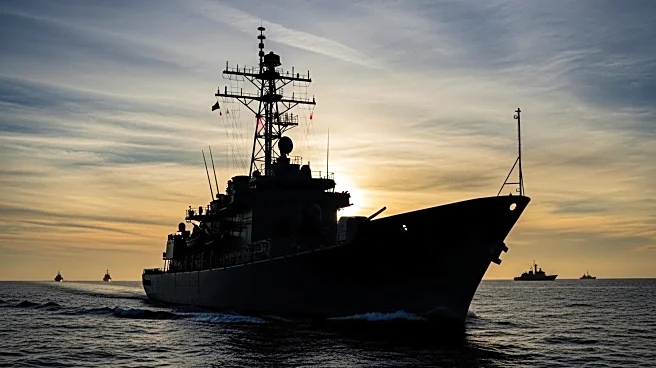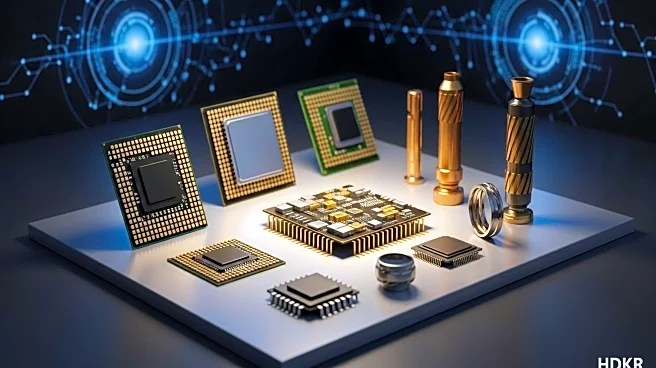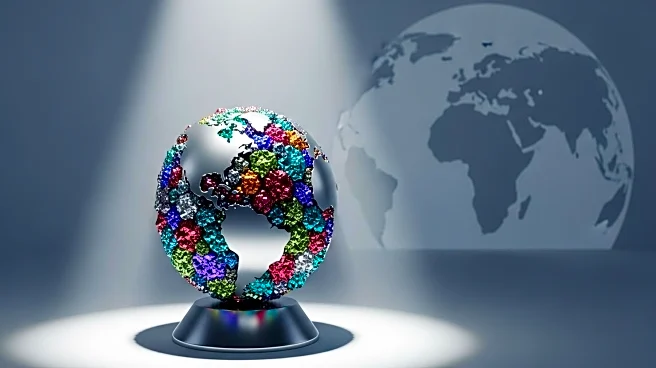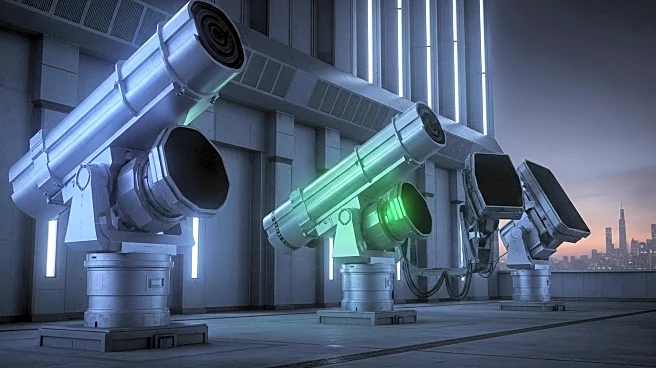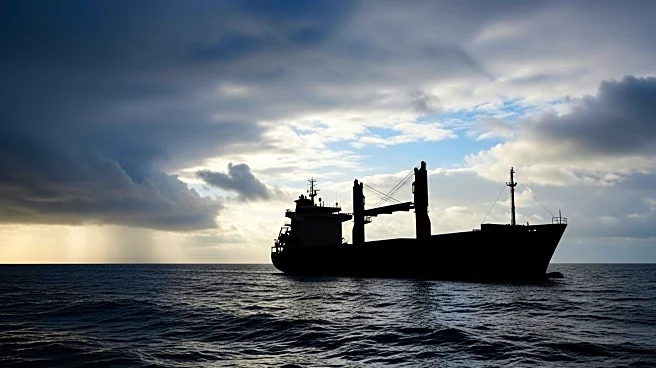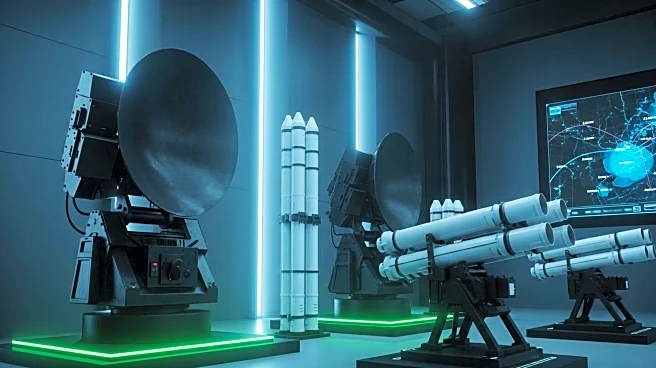What is the story about?
What's Happening?
The U.S. Navy is celebrating its 250th anniversary, marking a significant milestone in its history. The anniversary comes at a time when the United States faces increasing challenges to its maritime dominance, particularly from China, which is rapidly expanding its naval capabilities. The U.S. Navy's aging fleet and declining shipbuilding industry are areas of concern, as China now constructs 53% of global shipping tonnage compared to less than 1% by the U.S. In response, President Trump issued an executive order aimed at revitalizing America's maritime industry, directing U.S. shipyards to build ships quickly and efficiently. The One Big Beautiful Bill Act has allocated over $29 billion to support this initiative. Innovations such as the USX-1 Defiant, an unmanned surface vessel, are being developed to enhance the Navy's capabilities and counter China's advancements.
Why It's Important?
The revitalization of the U.S. shipbuilding industry is crucial for maintaining national security and economic stability. As China continues to expand its naval power, the U.S. must ensure its ability to protect its interests and maintain freedom of navigation in international waters. The decline in American shipbuilding not only affects military readiness but also leaves the U.S. economy vulnerable, with less than 2% of trade moving on American-flagged vessels. The initiatives to modernize shipbuilding and embrace technological innovation are essential to countering China's growing influence and ensuring the U.S. remains a dominant maritime power. The involvement of private capital and the integration of advanced manufacturing techniques are expected to accelerate production and enhance the Navy's capabilities.
What's Next?
The U.S. Navy plans to implement a distributed maritime manufacturing model, leveraging commercial shipyards across the country to build vessels quickly and efficiently. This approach will involve collaboration with educational institutions to train the necessary workforce and integrate digital engineering and artificial intelligence into the production process. The Navy aims to create a dedicated design-and-manufacturing center to streamline production cycles and distribute validated designs to shipyards nationwide. The integration of private capital with public funding is expected to modernize shipyards and expand training pipelines, ensuring a steady stream of contracts and unlocking bottlenecks in the supply chain.
Beyond the Headlines
The efforts to revitalize the U.S. shipbuilding industry have broader implications for national security and economic resilience. By enhancing maritime capabilities, the U.S. can better safeguard its interests and maintain global stability. The collaboration between government, industry, and educational institutions represents a strategic approach to rebuilding the nation's industrial base and fostering innovation. The focus on digital engineering and advanced manufacturing highlights the importance of technological advancements in maintaining competitive advantage. These initiatives also underscore the need for a comprehensive strategy to address the challenges posed by China's growing naval power.
AI Generated Content
Do you find this article useful?
